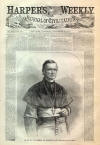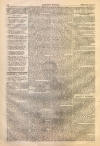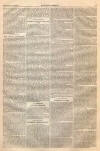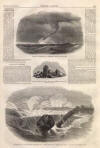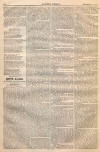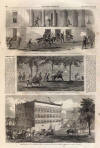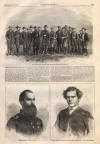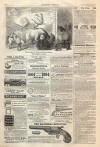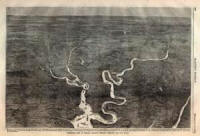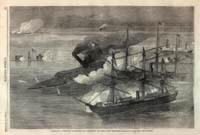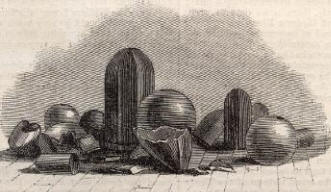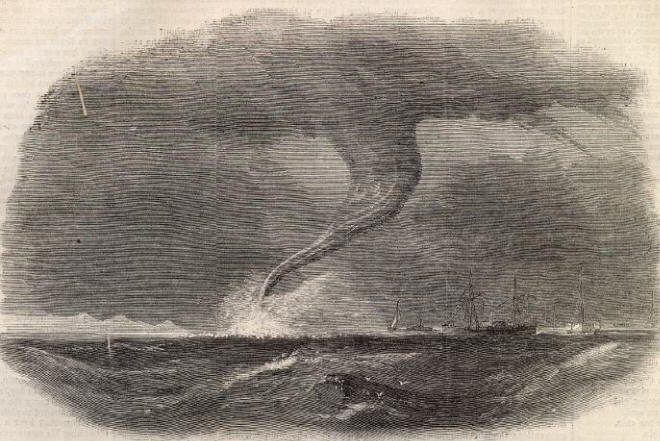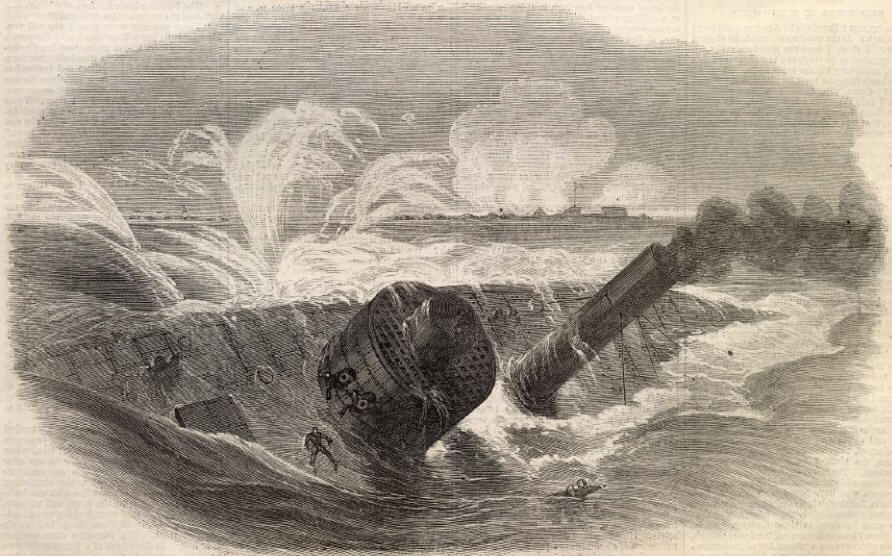|
This Site:
Civil War
Civil War Overview
Civil War 1861
Civil War 1862
Civil War 1863
Civil War 1864
Civil War 1865
Civil War Battles
Confederate Generals
Union Generals
Confederate History
Robert E. Lee
Civil War Medicine
Lincoln Assassination
Slavery
Site Search
Civil War Links
Civil War Art
Mexican War
Republic of Texas
Indians
Winslow Homer
Thomas Nast
Mathew Brady
Western Art
Civil War Gifts
Robert E. Lee Portrait
|
SHOT AND SHELL EXTRACTED FROM THE
"BROOKLYN" AUGUST 5, 1864.
[SKETCHED BY SIGSBY.]
WATER-SPOUT
IN ALBEMARLE SOUND.
WE illustrate on this page an
incident which recently occurred in Albemarle Sound, North Carolina, near a
portion of the Federal fleet.
On the afternoon of August 3 a
heavy waterspout was observed forming in the vicinity of the feet. The weather
being stormy, and several others having been seen during the day, no immediate
concern was manifested regarding it; but as it soon attained such gigantic
proportions as to exceed any thing ever before witnessed, serious fears were
entertained for the safety of the tugs and other small craft of the fleet. After
taking a circuitous route among the vessels, fortunately without encountering
any, it struck out for the land, the water boiling and foaming beneath it, and
being apparently lifted to a great height. On reaching the shore it immediately
burst, discharging what appeared like a solid body of water of immense volume.
The accompanying sketch was made by an officer of the Shamrock immediately after
the occurrence.
During the performance of this
irregular drama by old Neptune the Shamrock, Otsego, and Tacony were near at
hand, while the Union sailors were silent but by no means uninterested
spectators.
FARRAGUT'S VICTORY.
WE give on this page, and on
pages 584 and
585, illustrations of
FARRAGUT'S recent victory in Mobile Bay. The
sketch accompanying this description represents the shot and shell which were
extracted from the sides of the
Brooklyn after her engagement with Fort Morgan
and the ram Tennessee, August 5, 1864. The cut at the foot of this page gives a
view of the sinking Monitor Tecumseh. While FARRAGUT was making his entrance
into Mobile Bay past Fort Morgan, the Tecumseh, proceeding on the left of the
fleet, struck upon a torpedo and went down. The
infernal machine exploded almost directly under
the Monitor, whose side was lifted six feet above the water, when she settled so
rapidly that only five of her crew, who tumbled out through her port-holes,
escaped. The Monitors, in a casualty of this nature, appear to be perfect traps,
out of which there are no loop-holes of escape except the port-holes. The
Tecumseh sank at the beginning of the action.
The conflict with the rebel ram
Tennessee, illustrated on page 585, was the most spirited naval engagement of
the war ; it is only rivaled in interest by the fight between the
Monitor and the Merrimac, early in 1862. After
the rebel gun-boat Selma had surrendered, and the Morgan, and Gaines been driven
under the guns of Fort Morgan, FARRAGUT ordered the whole Federal fleet to
engage the Tennessee, and to close upon her as rapidly as possible.
The order was none too quickly
given, as the ram was uninjured by our fire, and in the rear of our fleet,
threatening seriously to interrupt our progress. At the time of the engagement
FARRAGUT was passing the water batteries under Fort Morgan. The fire of all the
vessels seemed to have no effect on the ram. When the order was given to run her
clown, the Monongahela, Lackawnana and Brooklyn all butted against her, "and
they might as well," says our correspondent , " have butted against; the Crow's
Nest on the "Hudson !" The Monitors appear to have forced the ram to surrender;
they made the splinters fly inside of the heavy iron and wooden armor of the
Tennessee. The Manhattan, sent a solid 15-inch shell through her side at a
distance of twenty-five yards. The Chickasaw, also, did splendidly with her
11-inch guns. The Winnebago was less rapid in her movements. Probably the chief
causes of the surrender of the ram were the wounding of Admiral BUCHANAN and the
injury done to her rudder chains. The length of the vessel was 200 feet,
her breadth 48. Her draught is 14
feet 8 inches. The following description of the ram is given by a correspondent
of the Tribune:
" In form she varies from the old
Merrimac, though evidently a modification of that unfortunate and short-lived
craft.
0 Her armor consists of two and a
half inch iron, in bars eight inches wide, crossing each other, and bolted down
with one and three-quarter inch bolts, making five inches of solid iron. This
again is backed by two feet of solid oak throughout the entire portion of the
boat above the water-line, and extending some feet even below that. From her
forward casemates forward, including her pilot-house, an additional inch of iron
is given her, making six inches of plating, and an additional foot, making three
feet of wooden backing at this part of the boat.
"Her gun-room, if that is the
proper term to use, occupies about two thirds of her length, and is constructed
with a flat top, composed of two and a half by eight-inch iron bars, crossed and
bolted together, forming a close lattice-work above her gunners, and affording
ventilation while in action. The sides are inclined like those of the old
Merrimac, and, as before stated, are composed of five inches of iron plating,
backed with two fact of solid oak backing, through which, in the fight with our
fleet, no ball succeeded in piercing. Her ports, of which there are two on
either (Next Page)
GRAND WATER-SPOUT IN ALBEMARLE SOUND, AUGUST 3,
1864.
DESTRUCTION OF THE MONITOR "TECUMSEH" BY A REBEL
TORPEDO, IN
MOBILE BAY, AUGUST 5, 1864.--[SKETCHED BY
ROBERT WEIR.]
|
